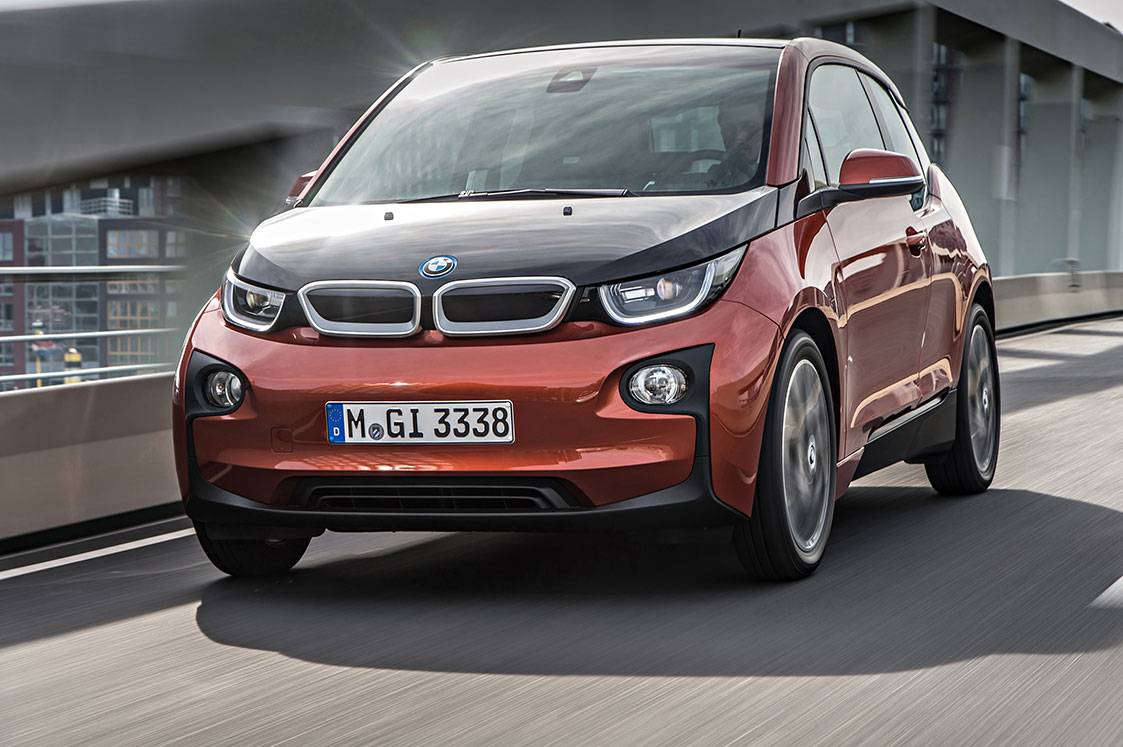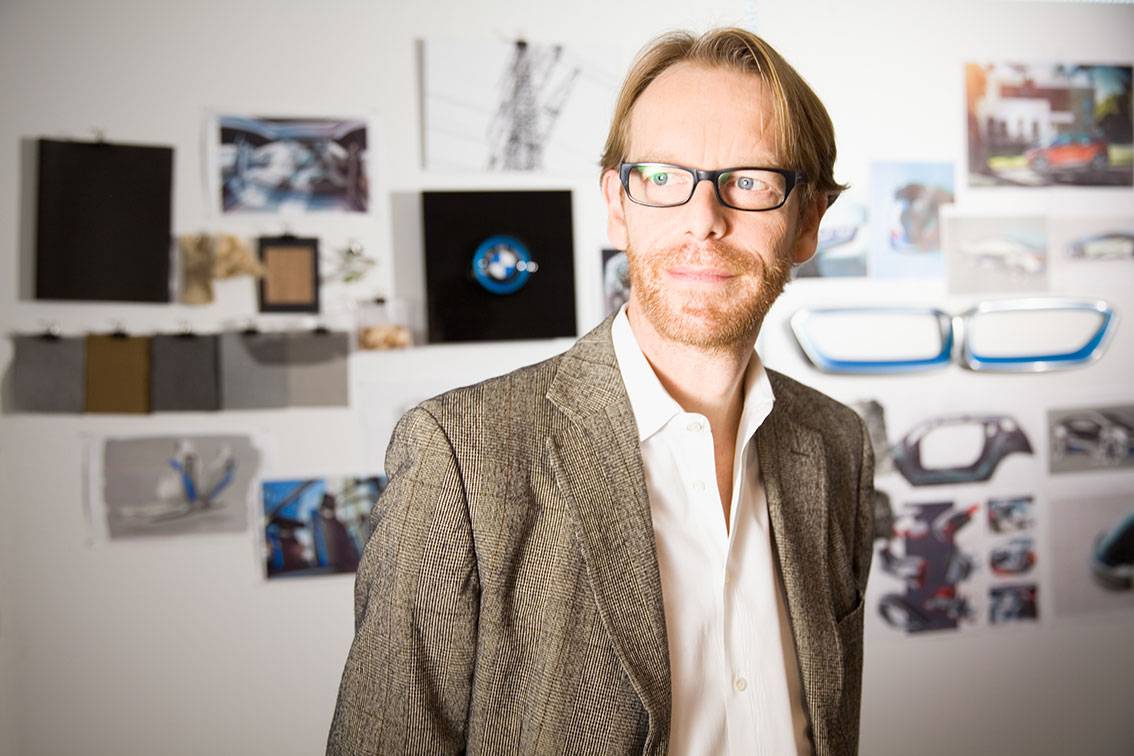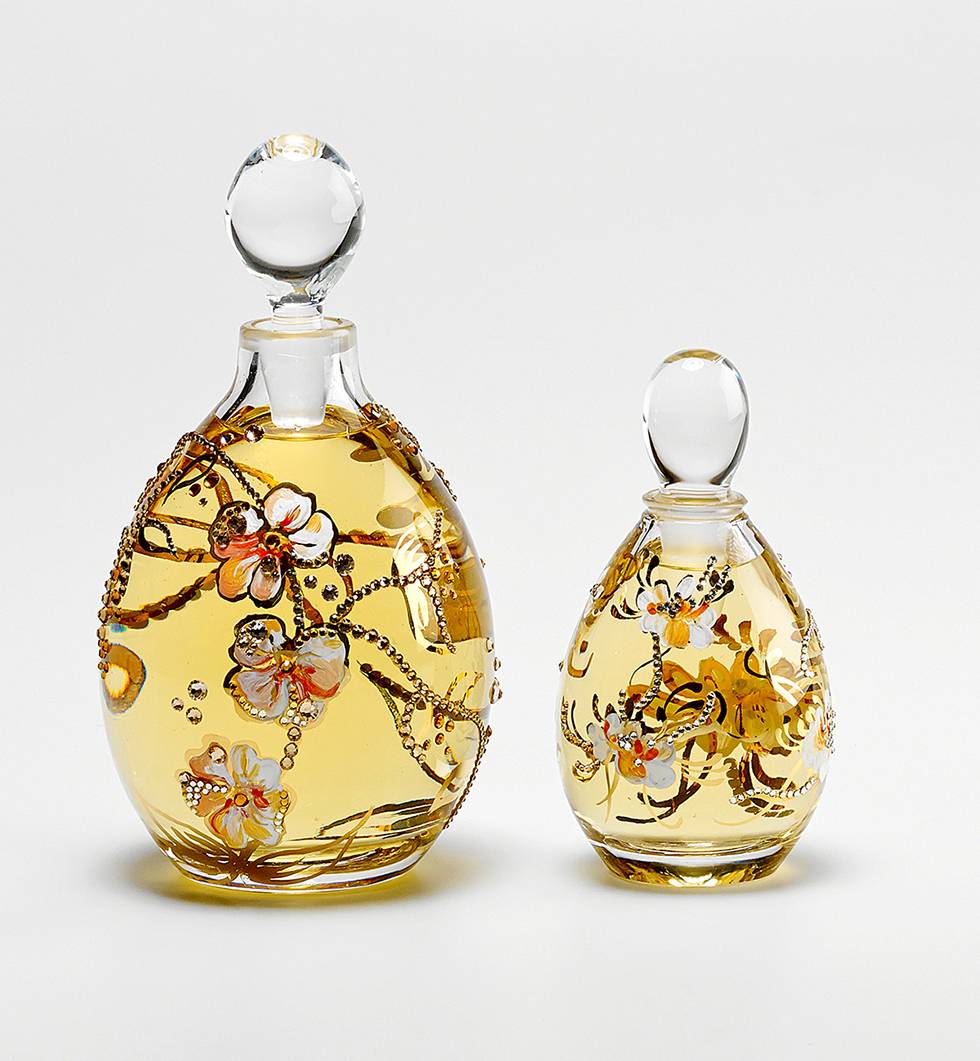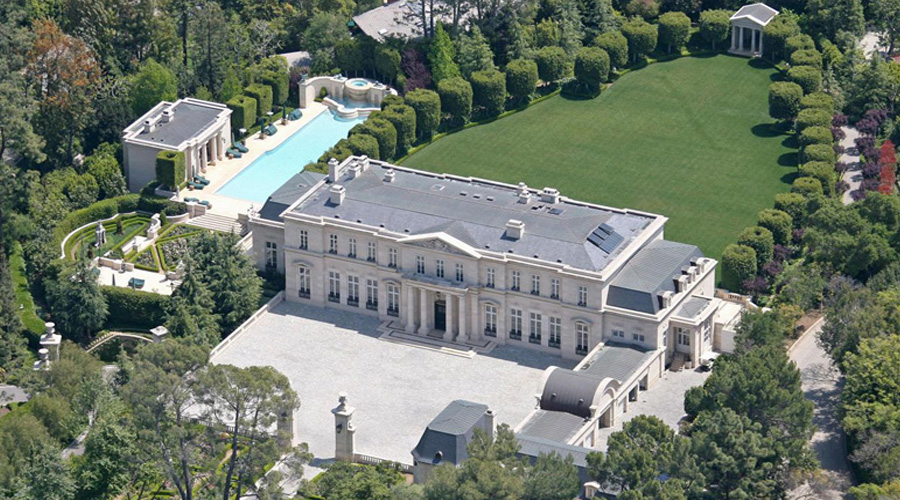The future is here. Today’s hybrid vehicle offers much more than a long-lasting battery: it is a beautifully designed machine with all of the functionality of a traditional car. Since its inception in 1952, the BMW brand has been synonymous with sheer driving pleasure. Today, the company’s eco-friendly creations share the same mission, though in a much more sustainable way thanks in part to BMW i Series Head of Design Benoit Jacob. BMW, with Jacob’s help, is sending the message to luxury carmakers around the world that it is possible to have it all – a vehicle can be both green and beautiful.
We preferred to ignore other electric vehicles in the development of the BMW i car
The eco-friendly innovator, now 44, was just ten years old when he made up his mind to be a car designer. His unconventional, straight-shooting character landed him in the automotive industry right after finishing school. Jacob simply presented his portfolio of sketches to French carmaker Renault and was hired on the spot. After spending several years as a lead designer in the automotive industry, in 2004, BMW AG of Munich brought Jacob on as the Executive Team Leader of Exterior Design. He worked on traditional vehicles for six years before the company tasked him to design the innovative and sustainable i vehicles. For the first time, Jacob had the chance to define the identity of an electric sub-brand, an opportunity he understandably jumped at. “The chance to play a part in designing a new electric vehicle with a totally new kind of architecture from the ground up represents a career highlight for a car designer,” he admits.

The focused Frenchman has already proven that a sustainable vehicle isn’t just a necessary purchase because it’s an eco-conscious energy source; it is also about innovation in every aspect of the vehicle, from the drivers’ emotional experience to his or her lifestyle. He explains, “The car design of the future will be determined by the lifestyles of drivers. For people who are on the move a lot, the car becomes a second living space. These customers want to be fully connected in their car and enjoy high levels of comfort.” The BMW i3, which launched in July 2013, was Jacob’s first eco-design task at BMW. His mission was to create a vehicle that makes a statement of “lightness, safety and efficiency.” At the same time, he also sought to design an all-electric vehicle that was suitable for different lifestyles. The result was a sleek, fully functional urban hybrid. “The i3 is built around an innovative concept called ‘life drive’; driver and passenger cabins are split,” he explains. “The two independent units are fused together to create a dynamic, agile and surefooted driving characteristic that represents a hallmark of BMW i.” In fact, the seemingly small car has such a spacious interior that the driver has room to turn his or her entire body fully to one side when the car is stationary.
The chance to play a part in designing a new electric vehicle with a totally new kind of architecture from the ground up represents a career highlight for a car designer
Of course, function wouldn’t be important without the sustainable features that were incorporated into the i. Jacob even thought of very subtle sustainable elements that define the look and feel of the i3. “Large surfaces and a bright onboard ambiance lend visual expression to the emission-free qualities of the BMW i3. The side view of the car is highlighted by what we’ve termed ‘stream flow,’ a design element that further enhances the impression of lightness,” he explains. Just like many trend-setting designers, Jacob is able to draw inspiration from unconventional sources. He says, “With the BMW i3 we drew inspiration from the world of architecture, furniture design and fashion. Indeed, furnishings were particularly important; the low-to-the-ground installation of the battery created extra space inside the BMW i3, which gave us the idea of designing the interior like a mobile loft conversion.” In true, pioneering fashion, Jacob chose to disregard the hybrid designs that were in the market and invent a completely new look and feel for luxury hybrids. Says Jacob, “We preferred to ignore other electric vehicles in the development of the BMW i cars, instead committing to creating a brand-new, eco-friendly generation of vehicles for the premium segment – vehicles which stand out from the mainstream, focus entirely on sustainability, capture the imagination with their design and offer full connectivity.”
The upcoming i8 has already been referred to as the hottest eco-car on the market. This tremendous vehicle is equal parts performance and equal parts chic. It is no surprise that that a man with as much creative spirit as Jacob has found the sweet spot between eco-friendly functionality and luxury. He says proudly, “The BMW i8 shows that it’s possible to combine the performance of a BMW M3 with the fuel economy of a small car. It blends unbeatable driving pleasure with an environmental conscious – and wraps them up together in a futuristic design. That’s why we call the BMW i8 the most progressive sports car of its generation.”
He continues, “The car delivers on the promise made by its design and specifications. This is undiluted driving pleasure. The first time I drove the car, I kept coming back to one word: ‘awesome.’”
Perhaps it was Jacob’s wide range of training that gave him such creative freedom to reinterpret the driving experience. Not only did he work with Renault, but he also spent time leading design teams at Volkswagen and Audi groups prior to his tenure at BMW. His experience at these major European automotive manufacturers had a profound influence on him; he gained exposure to design elements in a range of vehicles, which opened his eyes to the multifaceted nature of his profession. Such diverse experience would explain Jacob’s distinct design aesthetic between the BMW i3 and i8, which is slated for a May release. Both cars represent two very different expressions of the BMW i brand; the fun-loving design of the BMW i3 is quite a compliment to the sporty, high-performance aesthetic of the BMW i8. What the plug-in hybrids have in common: a dynamic and comfortable driving experience. Although Jacob describes both vehicles as “born electric,” he maintains the importance of keeping with the tradition of BMW cars. “Wood, leather and wool represent a faithful reflection of BMW i principles and underline the premium character of the brand’s models,” he says. Both cars are considered works of art, reminiscent of the impeccably designed Apple technology products. In addition, says Jacob, “Every design element was assessed against three aspects: Does it fit our definition of premium? How clean is it? How clever is it?”
Thinking forward to the future, Jacob reveals that sustainability will be an integral part of BMW’s strategy. “The BMW i3 was the first vehicle project where sustainability targets were agreed which would be pursued with the same vigour and energy as cost, weight and quality goals. Looking ahead, all of our vehicle projects will include sustainability targets,” he maintains. Although he cannot comment on what innovations are to come with BMW’s electric cars, Jacob can promise that his interpretation of sustainable luxury will continue to flourish with the design of new vehicles far into the future. He comments, “For me, luxury in a car means freedom, convenience and excitement paired with clever functionality and sustainability – in short: BMW i.”
























